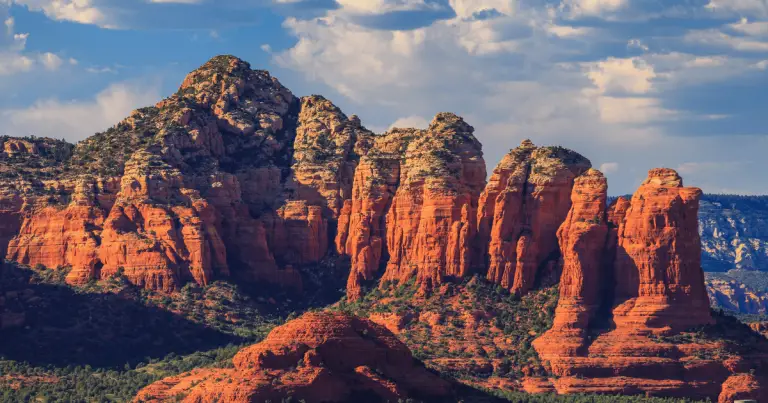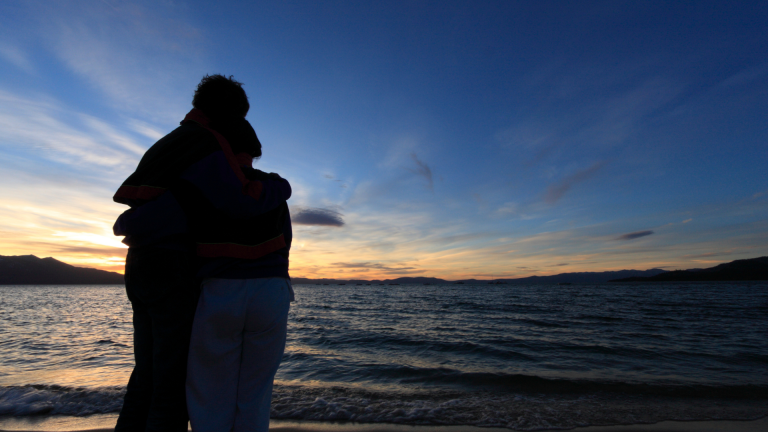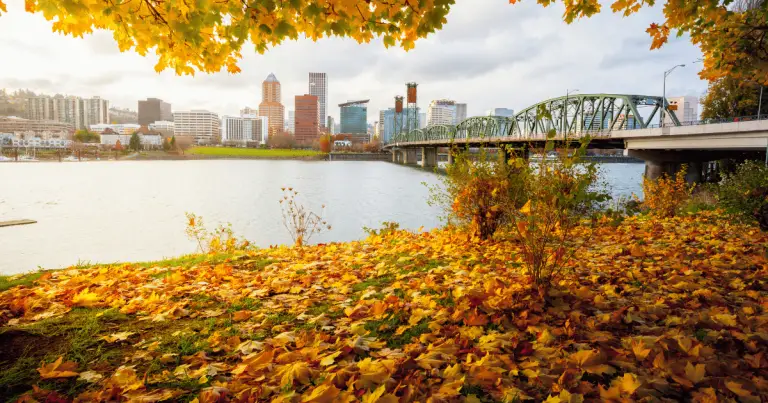Explore Trail Canyon in Death Valley: A Hiker’s Paradise
Nestled within the vast, rugged terrain of Death Valley, Trail Canyon is a hiker’s dream come true, beckoning adventurers with its sweeping vistas and desert charm. This hidden gem, with its silent canyons and towering peaks, unveils the raw beauty of nature in its purest form.

The journey through Trail Canyon Death Valley is more than a hike – it’s an exploration of the timeless allure of Death Valley itself. As you step onto the path, you’re not just walking; you’re embarking on a journey through a realm that whispers tales of ancient history, paints panoramas that defy description, and houses a delicate ecosystem resilient enough to thrive in one of the harshest environments on Earth.
Imprints of Time: The Cultural and Historical Significance of Trail Canyon
Trail Canyon and its surroundings are steeped in a rich tapestry of history and culture, bearing the silent testimony to the Native American tribes that once called this harsh yet beautiful landscape home. The Timbisha Shoshone Tribe, for instance, has inhabited the Death Valley region for at least a millennium, their existence intertwined with the unforgiving desert environment. The canyon walls whisper tales of these resilient people, who skillfully adapted to the arid climate, using indigenous plants for food and medicine, and hunting local fauna.
The mining boom of the late 19th and early 20th centuries also left its mark on Trail Canyon. Remnants of old prospector camps and mining structures serve as reminders of a time when hopeful miners flocked to Death Valley in search of borax and gold. These historical sites lend Trail Canyon an aura of timelessness, making every hiking trip not just an adventure, but also a journey through the annals of history.
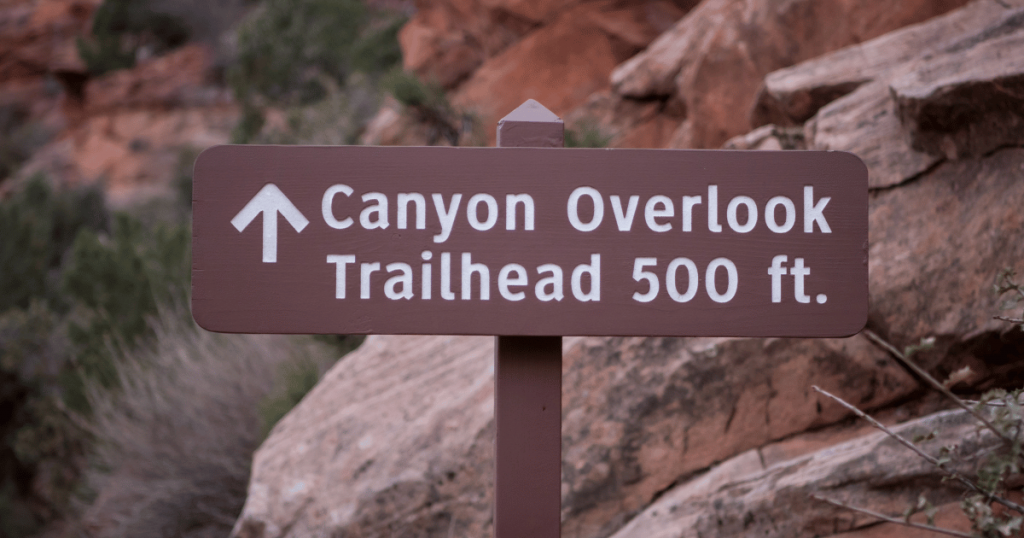
Delving Into the Depths of Trail Canyon: Trail Overview
Trail Canyon is a moderately challenging hiking trail that spans approximately 5 miles and offers the adventurous at heart an opportunity to discover Death Valley’s jaw-dropping landscapes. The trail is classified as moderate in difficulty, making it an excellent option for both seasoned hikers looking for an invigorating day hike and less experienced adventurers eager to soak up the unfiltered beauty of the desert.
The trailhead is located near the heart of Death Valley, accessible from the dirt road leading off of the paved Scotty’s Castle Road. There’s ample parking available near the trailhead, although it’s important to remember that the area is remote and there are no facilities nearby.
The trail meanders through a canyon with breathtaking views of towering rock formations, vibrant desert flora, and panoramic vistas at every turn. As you progress, you’ll stumble upon remnants of Death Valley’s rich history, from ancient petroglyphs to abandoned mining structures.
No permits are required to hike Trail Canyon, but as it lies within Death Valley National Park, there is an entrance fee to the park itself. Remember to carry plenty of water and sun protection, and always respect the park’s rules and regulations to ensure the preservation of this unique landscape for future generations.

Flora and Fauna of Trail Canyon: A Closer Look at the Desert Biosphere
Trail Canyon, despite its arid climate, is a treasure trove of unique flora and fauna. As you traverse the canyon, you’ll encounter a variety of desert plants, including the Mojave Yucca, Creosote Bush, Desert Holly, and the iconic Joshua Tree, each species a testament to the resilience of life in Death Valley. These plants have adapted remarkably to the desert environment, and witnessing their tenacity is a fascinating aspect of the Trail Canyon hike.
The canyon is also home to an array of wildlife that has learned to thrive in the harsh desert conditions. Look out for the cunning Coyote, and the Desert Bighorn Sheep, and if you’re lucky, you might even spot the elusive Kit Fox. Bird watchers will delight in the numerous bird species that inhabit the canyon, including the Red-tailed Hawk and the Cactus Wren.
When observing wildlife, always maintain a safe distance and never try to feed the animals. Use binoculars or a telephoto lens to appreciate them from afar. It’s also wise to stay quiet and move slowly to avoid disturbing the wildlife. Tracking and observing wildlife responsibly is not just about respecting their habitat; it’s also about ensuring your safety. Some animals in the desert, such as rattlesnakes and scorpions, can pose a threat if disturbed. Always keep an eye on your surroundings and stick to the established trails.
Captivating Vistas of Trail Canyon: Unveiling the Scenic Spectacle
Every twist and turn on the Trail Canyon path uncovers a new and captivating vista that is truly a sight to behold. As you ascend the trail, you’ll be rewarded with panoramic views of Death Valley’s vast expanse, a mesmerizing collage of breathtaking desert landscapes stretching as far as the eye can see. From the towering canyon walls adorned with unique rock formations to the undulating dunes shimmering under the radiant desert sun, the visual spectacle offered by Trail Canyon is simply unparalleled.
Each viewpoint offers a unique perspective of Death Valley’s awe-inspiring beauty. The vista from the trail’s high point, for instance, offers an eagle-eye view of the sprawling desert below, a tapestry of gold and orange hues, where you can witness the play of light and shadow over the dramatic landscapes. The sunrises and sunsets here are particularly mesmerizing, painting the sky in a riot of colors that reflect off the canyon walls, creating a surreal spectacle.
Remember to pause and soak in these views, capturing them in your memories and your camera lens.
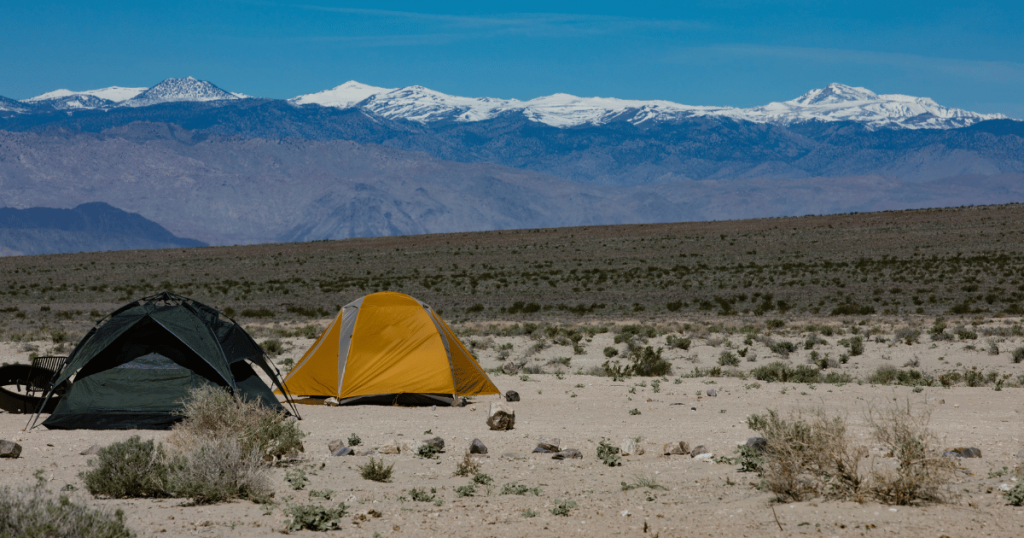
Camping in Trail Canyon: Embrace the Desert Under the Stars
Camping is permitted within Death Valley National Park, and Trail Canyon provides a unique opportunity to immerse yourself fully in the desert’s captivating aura. Wilderness camping here isn’t just about pitching a tent; it’s about embracing the stillness of the desert night under a blanket of twinkling stars. Remember, though, that camping is allowed only two miles from the main road, away from any springs, and not visible from any paved roads, to minimize impact on the environment.
When selecting a campsite, look for flat, durable surfaces, and avoid disturbing vegetation or animal life. Always follow the Leave No Trace principles, carrying out all trash and leaving your campsite as you found it. Remember, fires are not permitted within the park, so bring a lightweight camping stove for cooking.
Desert-specific camping gear is essential. Opt for a breathable, light-colored tent to keep cool during the day. A good quality sleeping bag designed for warmth is a must, as desert temperatures can drop drastically at night. Always carry plenty of water, sunblock, and a broad-brimmed hat to protect against the desert sun. Finally, a good pair of hiking boots is invaluable for exploring the canyon and its surroundings.
Trail Conditions and Seasonal Variations: Timelines and Precautions
Trail Canyon is open year-round, but the best times to hike are during fall and spring when temperatures are milder. Winter, with its cooler temperatures, can also be an agreeable time to hike, though occasional snowfall can make trails slick. The summer months are particularly challenging due to the extreme heat, and hiking is not advised during the day. The trail can be quite exposed in parts, so adequate sun protection is crucial regardless of the season. Flash floods are a potential hazard during the rainy season, and hikers should be cautious about rapidly changing weather conditions. Always check weather forecasts and park advisories before setting out.
Final Thoughts
Trail Canyon offers an unforgettable journey through the heart of Death Valley National Park. Whether you’re captivated by the unique flora and fauna, drawn to the breathtaking vistas, or looking to immerse yourself in desert solitude under a starlit sky, this hike promises an experience that is as profound as it is picturesque. Each step along the trail brings with it a new appreciation for the resilience of life in desert landscapes and the vast, ethereal beauty that such harsh conditions can nurture.

